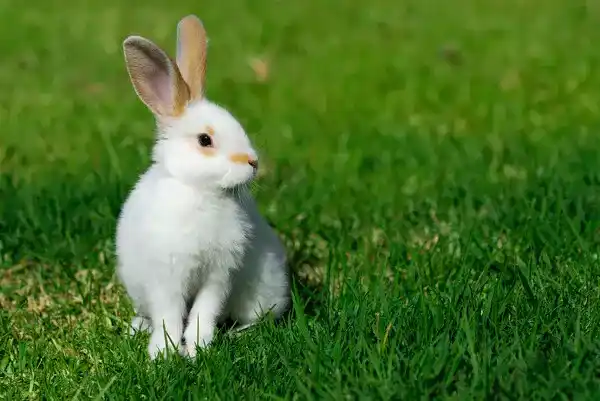Helen Harris, Veterinary Nurse at Drove Vets, has a diploma in Exotic Species which covers all types of nursing care for small mammals, reptiles, avian, wildlife and zoo animals.
As the evenings draw in and temperatures start to fall, Helen is keen to share advice on keeping outdoor pets warm and safe during winter months.
Rabbits and guinea pigs are better off in pairs or small groups. They can huddle together to keep warm and are more likely to move around, which creates heat. Ideally, they should be moved into a garage or shed. However, if this isn’t an option there are other ways you can keep them warm.
Always keep hutches in a sheltered area and, if it doesn’t have legs, use bricks to raise it off the ground to help ventilation and stop water soaking up into the hutch. Thermal waterproof covers with a front window that can be rolled up in warmer weather and closed overnight when temperatures drop, are available for some hutches. Blankets with tarpaulin over the top work just as well but need to be secured down. Remember to lift the tarpaulin up during the day to help ventilation and let sunlight in. Early Autumn temperatures fluctuate significantly. Remain mindful of this and adjust covers accordingly to prevent pets getting too hot or too cold.
My Guinea Pigs love a blanky, which provides warmth and a place to hide. You can also add extra hay or straw to the bedding area. Covering the floor of the hutch with lino stops urine soaking into the wood, which can take a while to dry out. It also makes cleaning easier and adds a layer of insulation below newspaper or woodshavings.
You can buy microwavable heat discs which provide up to 10 hours of heat. They come with covers to protect your pet from direct heat, but I would advise putting it either under the bedding or wrapping it in a towel.
To prevent drinking water from freezing, place bowls on top of a heat disc or wrap water bottles in bubble wrap. Just make sure your pets can’t reach the bubble wrap as they will try to eat it!
If the temperature drops below 5 degrees, even if you are using blankets and/or heat aids, please consider bringing your pets inside. As they are used to lower temperatures than us, they’ll need a room where the heating can be kept low, so they don’t overheat.
Finally remember to visit your pets twice a day to ensure they have enough food, warmth and water.
Helen Harris RVN, Dip VNZS (Avian, Small Mammals, Reptiles and Wildlife) APVN (Zoo)


